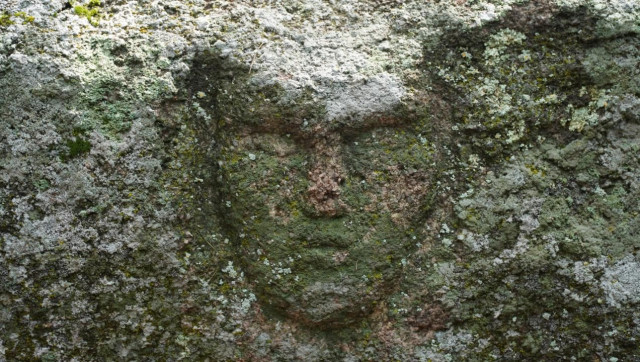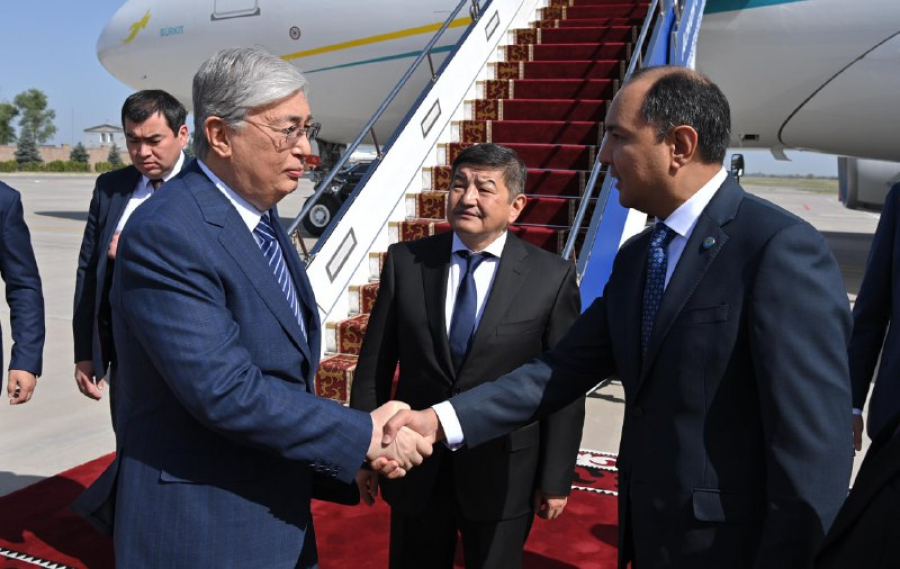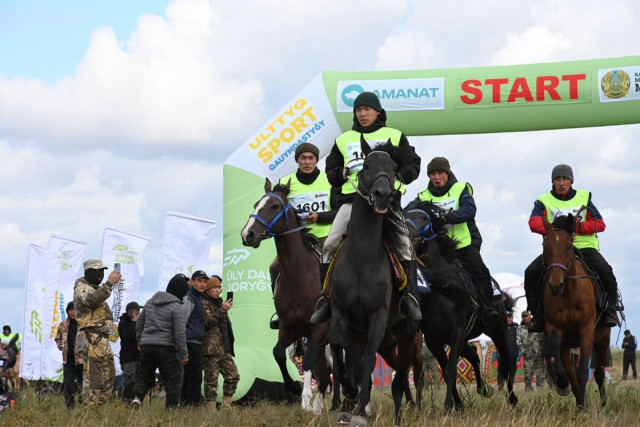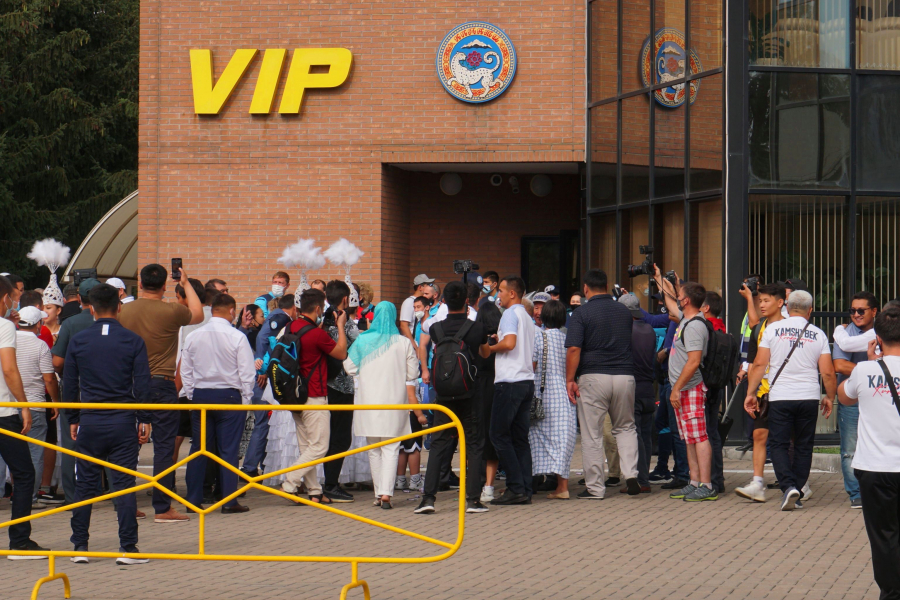
A mysterious artifact has been
discovered in the Akmola region. Employees of the Regional Emergency Situations
Department came across a historical find in the form of a human face carved
into stone and invited archaeologists to examine the artifact. According to the
archaeologists, it is currently difficult to determine which era the item
belongs to. Some assert that the stone dates back to the Bronze Age, while
others attribute it to a later Turkic period. The exact epoch will be
determined after a thorough and comprehensive study. The artifact, which holds
significant historical value, has been taken under protection.
«The leadership of the Emergency
Situations Department has been notified. Archaeologists have arrived and are
conducting preliminary work. The historical significance of the find is
partially confirmed, and I believe it will have a positive impact on the
future. The most joyful moment is that such a remarkable discovery was made
during our own primary activities,» said Asset Zhangozhin, Head of the Emergency
Situations Department of Sandyktau district in the Akmola region.
«Similar images have been found
in the Bronze Age in Central Asia and Eastern Europe. They also appear in the
Early Iron Age in Southern Siberia up to the Hunnic-Sarmatian period. Of
course, we are all familiar with Turkic sculpture, which spread widely across
the Eurasian steppes during the Middle Ages. Nevertheless, we cannot rule out
the New Age period either. We can say that this is the second such unique find.
The first one is located in the Burabai area,» said Sergey Yarygin, a leading researcher
at the Margulan Institute of Archaeology.







